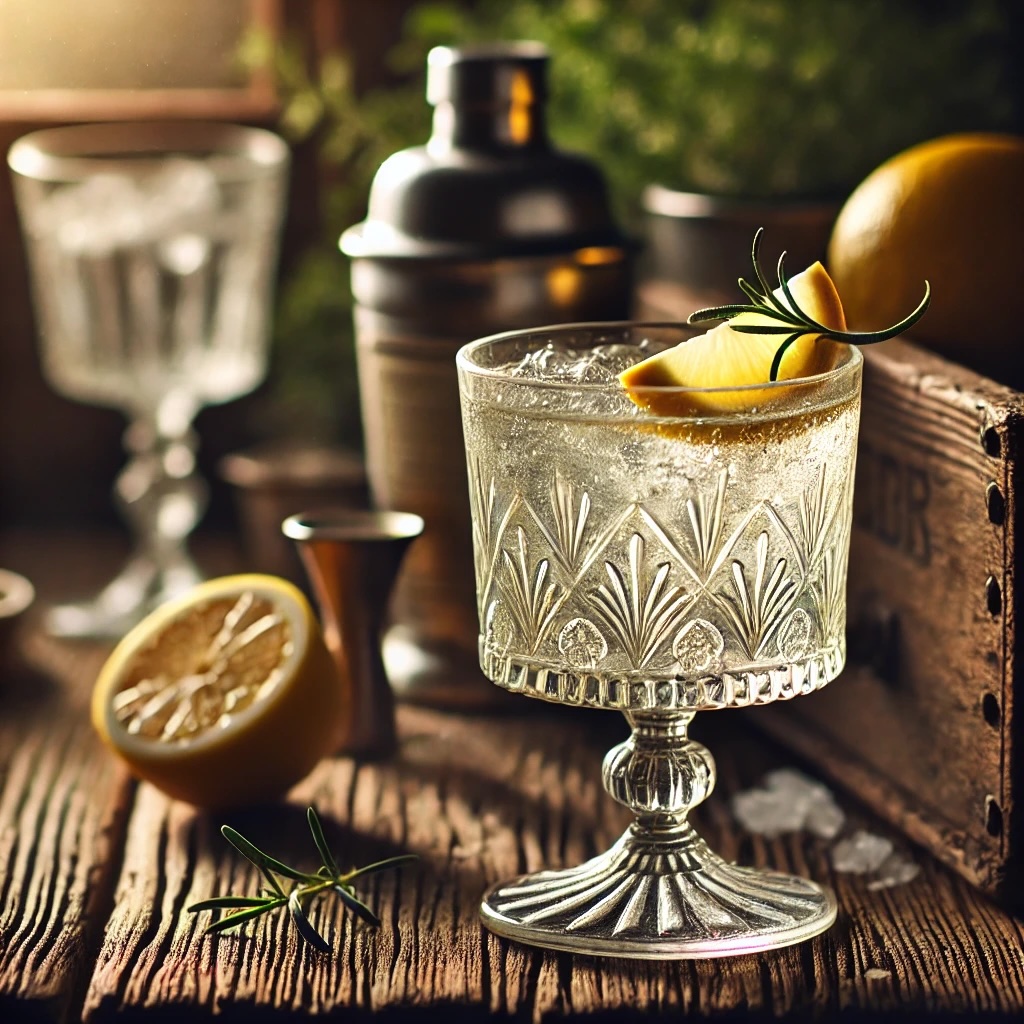The rich tapestry of California bar culture history is as diverse as the state itself. From the Spanish settlers who introduced winemaking to the Gold Rush era that brought saloons and adventurous spirits, California has long been a center of innovation in both beverages and the atmosphere they’re served in. Exploring this journey through time reveals how the state became a significant influence on modern bar trends across the nation.
The Birth of California’s Bar Culture
American feminist author Inez Haynes Irwin once proudly declared that “it’s much better to be miserable in California than to be happy anywhere else.” Whether or not you agree, history, present, and likely future trends validate her sentiment. California, the 31st state, continues to attract a diverse range of tourists and dreamers seeking their own version of the American dream.
The roots of California’s bar culture date back to the Spanish colonizers, who introduced the region to winemaking and, more notably, grape brandy, known by various names such as aguardiente, pisco, and brandy. However, it was the California Gold Rush (1848-1855) that truly transformed the area. This influx of prospectors, traders, and adventurers turned sleepy settlements into bustling hubs. San Francisco, with a population of merely 1,000, swelled to nearly 30,000 in just a few years, thanks to the millions of dollars flowing into the city. Among those newcomers was a cocktail-making virtuoso who would later earn the title of “Professor.” By the late 1850s, San Francisco had grown into one of the nation’s largest cities and, along with New York and New Orleans, became a major gateway to the New World.

San Francisco’s Golden Era of Cocktails
Duggan McDonnell, author of Drinking the Devil’s Acre: A Love Letter from San Francisco and Her Cocktails,beautifully yet idealistically captures the atmosphere of 19th-century San Francisco. He describes a place where drinks were ordered with a touch of refinement: “Whiskey Smash, if you please” … “Sherry Cobbler, if it’s no trouble” … “Claret Lemonade, if you wouldn’t mind” … “Pisco Punch, take your time.” While the image of good taste and polite behavior is appealing, the reality was far more unruly.
San Francisco became infamous for its dense concentration of bars, saloons, dance halls, and other establishments. In the Barbary Coast area alone, there were reportedly 3,117 such venues—approximately one bar for every 96 residents. The heart of this notorious district was a triangle formed by Broadway, Kearny, and Montgomery Streets, an area dubbed “Devil’s Acre” by the police and locals. This small but infamous zone was teeming with shady characters, from hustlers to petty thieves and addicts. As documented by both the San Francisco Call in 1886 and journalist Herbert Asbury in his 1933 book The Barbary Coast: An Informal History of the San Francisco Underworld, Devil’s Acre was the wildest spot in San Francisco—a place where the sound of breaking bottles was punctuated only by occasional earthquakes or police raids.
Inspiration and Ruin
Devil’s Acre and, by extension, San Francisco (and to some extent Los Angeles) became fertile ground for a unique breed of writers with a penchant for heavy drinking. In the Barbary Coast, Beat Generation figures like Jack Kerouac and Neal Cassady would often share whiskey shots. Meanwhile, down south in Los Angeles, writer Raymond Chandler created the iconic detective Philip Marlowe, a character defined by his alcoholism, chain-smoking, and biting wit. Chandler’s affinity for cocktails, especially the gimlet, is evident in his novel The Long Goodbye (1953), where the drink is celebrated repeatedly. The scene is set when Marlowe orders, “A gimlet, no bitters,” leading to a pivotal moment when “the bartender put down a double gimlet in front of me. It had that pale, misty, greenish-yellow hue of lime juice. I tasted it. Sweet and sharp. The woman in black watched me. Then she raised her glass to me. We both drank. And I knew she was drinking the same thing.”
Beyond Napa Valley: The California Vermouth Renaissance
When most people think of California and wine, they immediately envision the picturesque Napa Valley. But what’s less known is that California is one of the largest consumers of pisco in the United States. Napa Valley, stretching across 170 square miles and home to about 400 wineries, also plays a key role in the American vermouth scene. Unlike traditional wine regions, Napa distinguishes itself through premium offerings like Sutton Cellars and Vya—some of the leading names in American modern vermouth.
Why focus on vermouth in California? Perhaps because of its unique legislative framework or simply because Vya Sweet Vermouth is arguably one of the best in its category. The difference lies in the regulations: while the European Union defines vermouth as an aromatized wine primarily flavored with wormwood, the United States classifies it as an aperitif wine fortified with brandy and flavored with botanicals, with no less than 15% alcohol. This distinction allows greater flexibility in the production process, especially in California, where there are no restrictions on wormwood as a key ingredient.
The real vermouth revolution in California began with Andrew Quady, a Napa Valley winemaker who criticized the lack of quality vermouths in the U.S. and set out to change that. Dissatisfied with domestic brands and unimpressed by imported European vermouths, Quady developed Vya Vermouth—a process that took 25 years from concept to production. He based his creation on traditional American grape varieties like Muscat and Colombard, fortified with high-proof neutral grape spirits. As for the name Vya, it was coined by screenwriter and producer Zack Manna, who, upon tasting it for the first time, exclaimed, “Vermouth your ass,” shaking his head in disbelief at how good it was.
This rich legacy of California’s bar culture, from the gold rush days to modern cocktail trends, continues to inspire drinkers and bartenders alike. Whether it’s a classic gimlet, a pisco punch, or a vermouth innovation, California’s influence on the world of drinks is undeniable.




